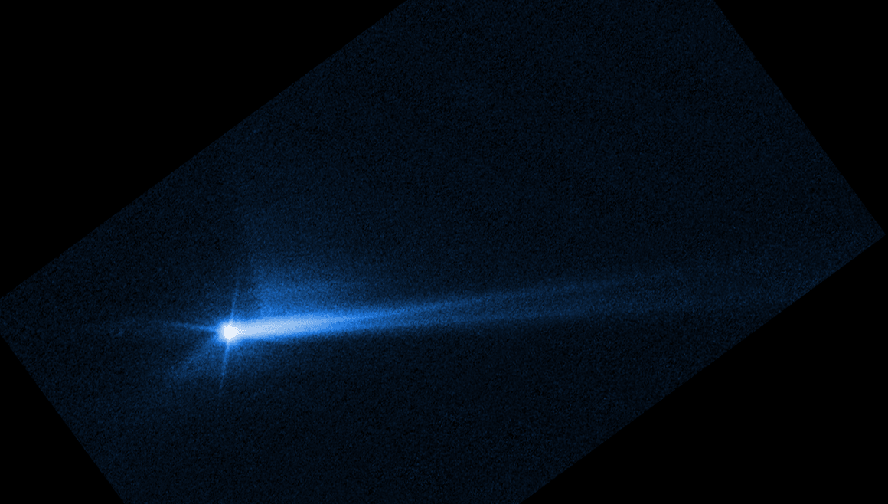An asteroid will be diverted by its DART orbit
2022/09/26 Galarraga Aiestaran, Ana - Elhuyar Zientzia Iturria: Elhuyar aldizkaria

If NASA forecasts are met, when 21:14 CET on 26 September (i.e. 01:14 on 27 September) the DART mission will arrive at the most critical time. That's when the probe hits your target. [Dimorphos asteroid]. The objective is to measure the material that will release the asteroid shock, since it depends on the deviation of the orbit. And this is precisely the ultimate goal, to test the orbital deflection system of asteroids for future use with threatening asteroids that can hit Earth.
So the DART mission is a test because the asteroid Dimorphos is not a threat to Earth. However, its size and location are ideal for collecting shock data and drawing conclusions to protect against future threats, so it has been chosen.
Dimorphos orbit another major asteroid called Didymos, and they calculate that the distance between them will decrease due to the shock. Dimorphos is 160 meters in diameter and Didymos 780 m. At the time of the collision they are relatively close to Earth: 11 million km.
DART is 100 times smaller than Dimorphos and faces it. It will not destroy it, but it is expected to change the speed of Dimorphos by 1%. The shock images shall be collected by the DRACO chamber of the probe. On the other hand, a few days ago the LICIACube satellite that was carrying the probe and will be responsible for collecting more images and data. Of course, it will also be tracked from the Earth, also through the James Webb telescope.
The deviation project will not end. In fact, within four years, ESA will launch the Heras mission to investigate firsthand the two asteroids, the crater caused by the DART probe and the orbit of Dimorphos.

Gai honi buruzko eduki gehiago
Elhuyarrek garatutako teknologia





